Replacement of peat in artificial soils and sediments
Experts from ECT are participating in the OECD project ‘RePEAT’ led by the Ecotox Centre, Switzerland. The toxicity of chemicals to soil and sediment organisms is strongly influenced by the properties of the soil or sediment to which the organisms are exposed. Therefore, artificial soils or sediments with a precisely defined composition are used in […]

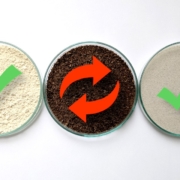 S. Jänsch
S. Jänsch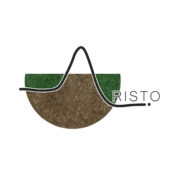
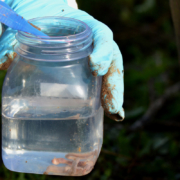 K. Duis
K. Duis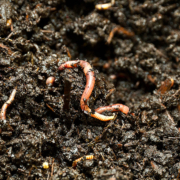 D. Leib
D. Leib K. Duis
K. Duis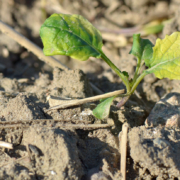 K. Duis
K. Duis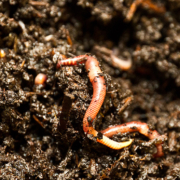 D. Leib
D. Leib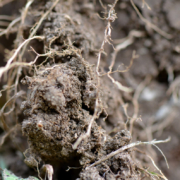 K. Duis
K. Duis